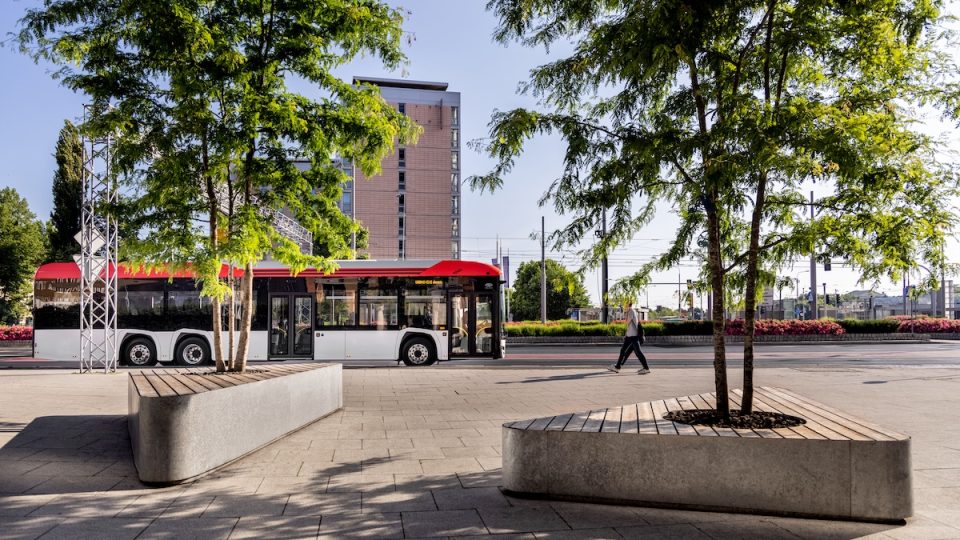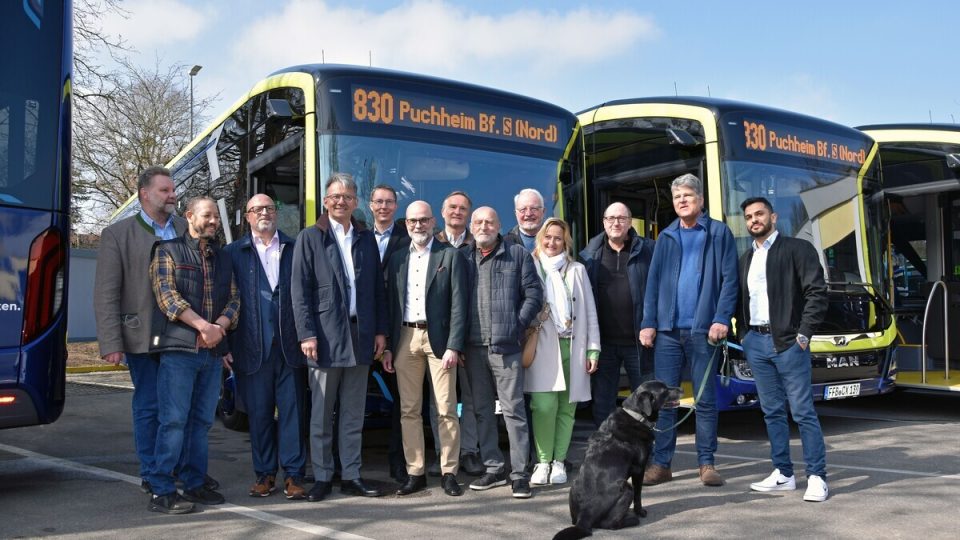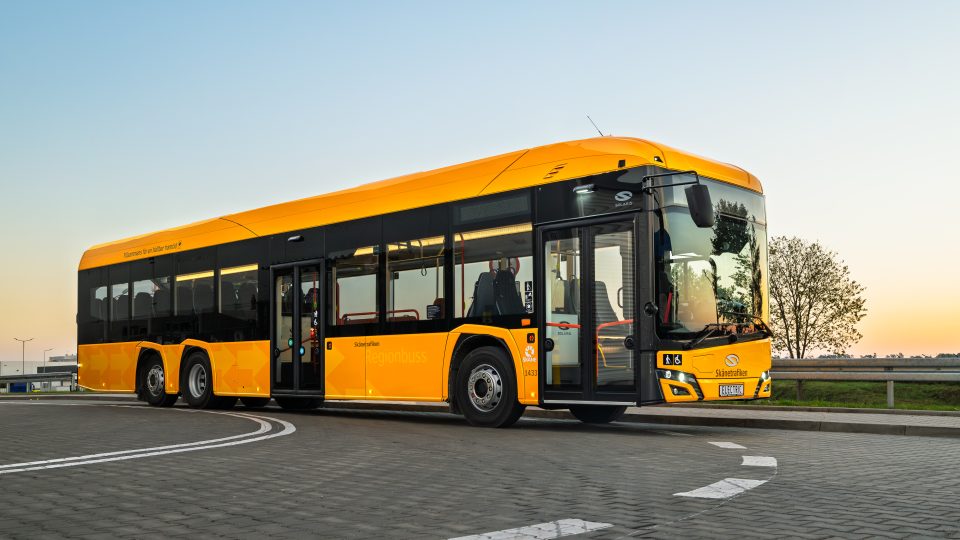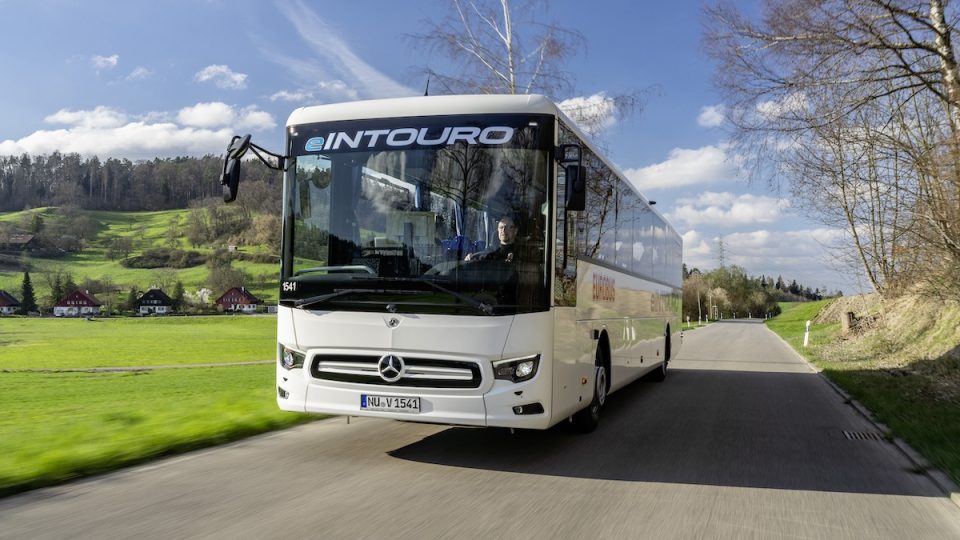An electric school bus supports the local electricity grid for more than 50 hours
Historic turning point for local clean energy: an electric school bus in Beverly (Massachusetts, Usa) provided power to the local electric grid for more than 50 hours over the summer. This is the first time an electric school bus has been used as an energy resource by the regional utility National Grid in New England, […]
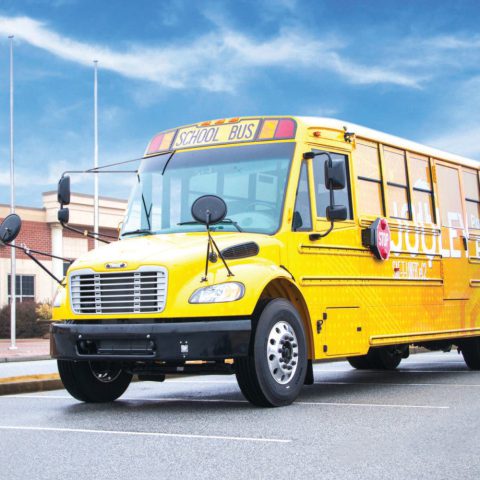
Historic turning point for local clean energy: an electric school bus in Beverly (Massachusetts, Usa) provided power to the local electric grid for more than 50 hours over the summer. This is the first time an electric school bus has been used as an energy resource by the regional utility National Grid in New England, as well as one of the first times in the States that an electric school bus has supported the grid in this way.
In partnership with Highland Electric Fleets and National Grid, a Thomas Built Buses Saf-T-Liner C2 Jouley electric school bus, equipped with a Proterra powered battery system, discharged nearly three megawatt hours of electricity to the regional power grid over the course of thirty events this summer.
Highland, who provides the bus, chargers, and all electricity to Beverly Public Schools under a mileage-based subscription, worked with National Grid to ensure that the site was prepared for energy discharge and coordinated participation in their Connected Solutions Daily Dispatch program. Under this program, National Grid utilized the energy stored in the electric school bus battery on 30 different occasions over the summer to lower demand on the grid during times of peak demand.
How did it works
Thomas Built’s Saf-T-Liner C2 Jouley with Proterra’s bidirectional charging system managed the charging and discharging of the electric school bus back into the grid. By sending electricity back to the grid when demand for electricity was at its highest and most expensive, the school bus helped reduce local emissions and decreased the need to fire up costly fossil fuel “peaker” plants.
Participation in National Grid’s program marks an important step in closing the up-front cost gap between traditional diesel school buses and electric school buses, as revenue from vehicle-to-grid (V2G) programs offer a unique means to improve the economics of electric school bus ownership.
The protagonists speak
Duncan McIntyre, CEO of Highland, said: «Highland is thrilled to be a part of this groundbreaking program as the integrator of industry-leading technology, forward thinking energy policy, and tremendous community leadership to solve some of the country’s toughest challenges. We’re so honored to support those on the ground making amazing stories like this come to reality every day».
Myintire’s words were joined by those of Gareth Joyce, president of Proterra: «By delivering stored clean energy back to the grid when it’s needed most, electric school buses can help create a more resilient local power system and reduce the dependence on expensive fossil fuel power plants. Switching to zero-emission, electric school buses signals a transformational shift towards clean transportation and clean energy to help protect the health of our children and the communities they live in», said Gareth Joyce, President of Proterra.
Last but not least, here is the comment of John Isberg, Vice President of Customer Sales and Solutions at National Grid: « We are proud to have added several customers and vendors to our programs this year that are using vehicle-to-grid technology. This underlines the strength of the technology neutral approach of the Connected Solutions Daily Dispatch program. Through this single program we have enrolled batteries, fuel cells, thermal storage, V2G, and many other technologies without needing to confuse customers and vendors with separate programs and incentives for each technology».


